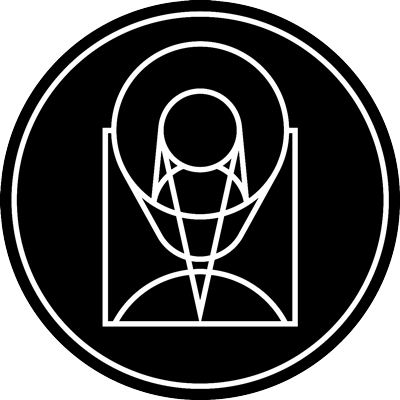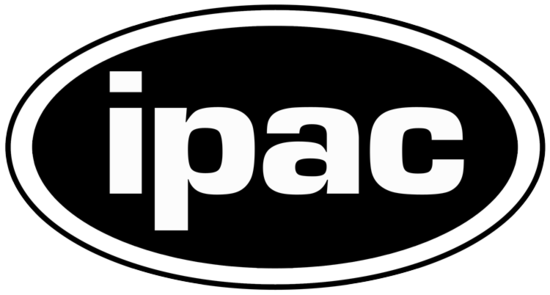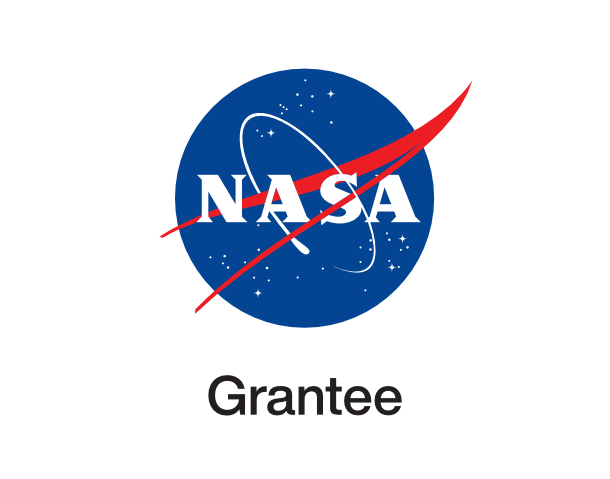Hubble Wide-Field Image of Galaxy Cluster and Gravitational Lens Abell 1689

stsci_2013-36b September 12th, 2013
Credit: NASA, ESA, the Hubble Heritage Team (STScI/AURA), J. Blakeslee (NRC Herzberg Astrophysics Program, Dominion Astrophysical Observatory), and H. Ford (JHU)
This new image from Hubble of the massive galaxy cluster Abell 1689 shows the phenomenon of gravitational lensing with unprecedented clarity. This cluster acts like a cosmic lens, magnifying the light from objects lying behind it and making it possible for astronomers to explore incredibly distant regions of space. As well as being packed with galaxies, Abell 1689 has been found to host a huge population of globular clusters. While our galaxy, the Milky Way, is only home to around 150 of these old clumps of stars, Hubble astronomers estimate that this galaxy cluster could possibly contain over 160,000 globulars overall -- an unprecedented number. This image is peppered with glowing golden elliptical galaxies, bright stars, and distant, ethereal spiral galaxies. Also visible are a number of blue streaks, circling and arcing around the fuzzy galaxies in the center of the image. These streaks are the tell-tale signs of a cosmic phenomenon known as gravitational lensing. Abell 1689 is so massive that it actually bends and warps the space around it, affecting how light from objects behind the cluster travels through space. These streaks are distorted forms of galaxies that lie behind Abell 1689. While the galaxy cluster is just over 2 billion light-years away, the galaxies being lensed are over 13 billion light-years distant. Galaxy clusters like Abell 1689 exploit the magnifying powers of massive gravitational lenses to see even further into the distant Universe. Hubble's Advanced Camera for Surveys snapped these images from June 12 to 21, 2002, and between May 29 and July 8, 2010.
Provider: Space Telescope Science Institute
Image Source: https://hubblesite.org/contents/news-releases/2013/news-2013-36
Curator: STScI, Baltimore, MD, USA
Image Use Policy: http://hubblesite.org/copyright/
 Color Mapping
Color Mapping
| Telescope | Spectral Band | Wavelength | |
|---|---|---|---|

|
Hubble (ACS) | Optical (g) | 475.0 nm |

|
Hubble (ACS) | Optical (r) | 625.0 nm |

|
Hubble (ACS) | Optical (i) | 775.0 nm |

|
Hubble (ACS) | Optical (I) | 814.0 nm |

|
Hubble (ACS) | Optical (z) | 850.0 nm |
| The release image is a composite of the F814W (I) data from proposal 11710, taken May 29 - July 8, 2010, and F475W (g), F625W (r), F775W (i), and F850LP (z) data from proposal 9289, PI: H. Ford (JHU), taken June 12 - 21, 2002. | |||







- ID
- 2013-36b
- Subject Category
- D.5.5.3 D.6.2.3
- Subject Name
- Abell 1689
- Credits
- NASA, ESA, the Hubble Heritage Team (STScI/AURA), J. Blakeslee (NRC Herzberg Astrophysics Program, Dominion Astrophysical Observatory), and H. Ford (JHU)
- Release Date
- 2013-09-12T00:00:00
- Lightyears
- 22,500,000,000
- Redshift
- 22,500,000,000
- Reference Url
- https://hubblesite.org/contents/news-releases/2013/news-2013-36
- Type
- Observation
- Image Quality
- Good
- Distance Notes
- 2.25 billion light-years (690 megaparsecs)
- Facility
- Hubble, Hubble, Hubble, Hubble, Hubble
- Instrument
- ACS, ACS, ACS, ACS, ACS
- Color Assignment
- Blue, Green, Red, Red, Red
- Band
- Optical, Optical, Optical, Optical, Optical
- Bandpass
- g, r, i, I, z
- Central Wavelength
- 475, 625, 775, 814, 850
- Start Time
- 2002-06-15T00:00:00, 2002-06-14T00:00:00, 2002-06-13T00:00:00, 2010-05-29T00:00:00, 2002-06-12T00:00:00
- Integration Time
- Dataset ID
- Notes
- T
- Coordinate Frame
- ICRS
- Equinox
- 2000.0
- Reference Value
- 197.87408122593, -1.34111642534
- Reference Dimension
- 4002.00, 3863.00
- Reference Pixel
- 2006.26136349391, 1730.78786340089
- Scale
- -0.00001388824, 0.00001388824
- Rotation
- -25.03862997004
- Coordinate System Projection:
- TAN
- Quality
- Full
- FITS Header
- Notes
- World Coordinate System resolved using PinpointWCS 0.9.2 revision 218+ by the Chandra X-ray Center FITS X FITS Y EPO X EPO Y 1656.44 626.77 1196.48 771.49 1660.04 550.50 1048.95 735.24 1839.29 1891.44 3748.60 897.02 859.75 1091.02 1803.05 2513.22 246.39 611.81 627.40 3533.84 446.10 1768.44 2974.09 3584.13 495.85 1296.91 2067.79 3306.56 Center Pixel Coordinates: 2001.00 197.87533343231 1931.50 -1.33860919837
- Creator (Curator)
- STScI
- URL
- http://hubblesite.org
- Name
- Space Telescope Science Institute Office of Public Outreach
- outreach@stsci.edu
- Telephone
- 410-338-4444
- Address
- 3700 San Martin Drive
- City
- Baltimore
- State/Province
- MD
- Postal Code
- 21218
- Country
- USA
- Rights
- http://hubblesite.org/copyright/
- Publisher
- STScI
- Publisher ID
- stsci
- Resource ID
- STSCI-H-p1336b-f-4002x3863.tif
- Resource URL
- https://mast.stsci.edu/api/latest/Download/file?uri=mast:OPO/product/STSCI-H-p1336b-f-4002x3863.tif
- Related Resources
- http://hubblesite.org/newscenter/archive/releases/2013/36
- Metadata Date
- 2022-07-06T00:00:00
- Metadata Version
- 1.2
Detailed color mapping information coming soon...








